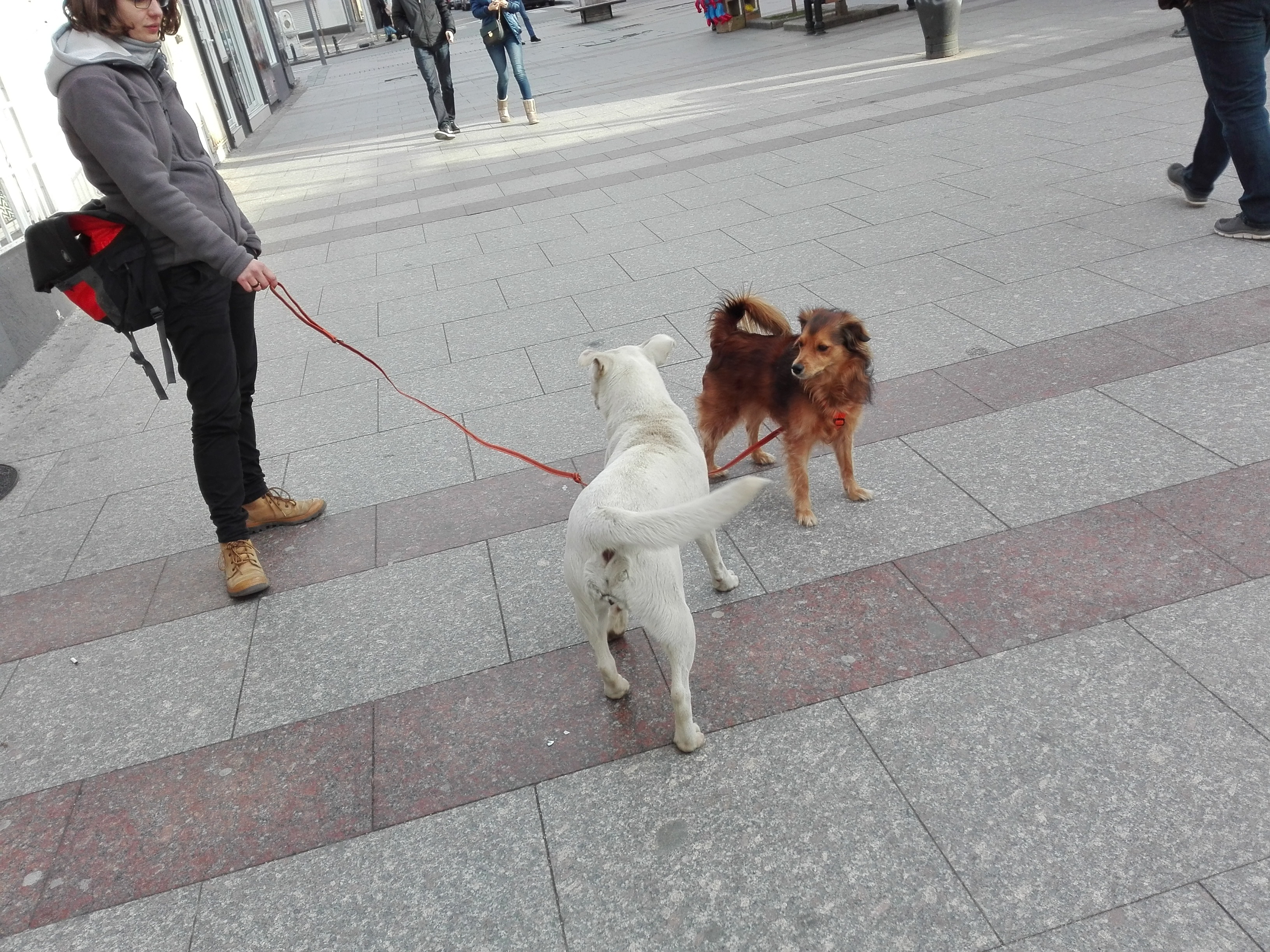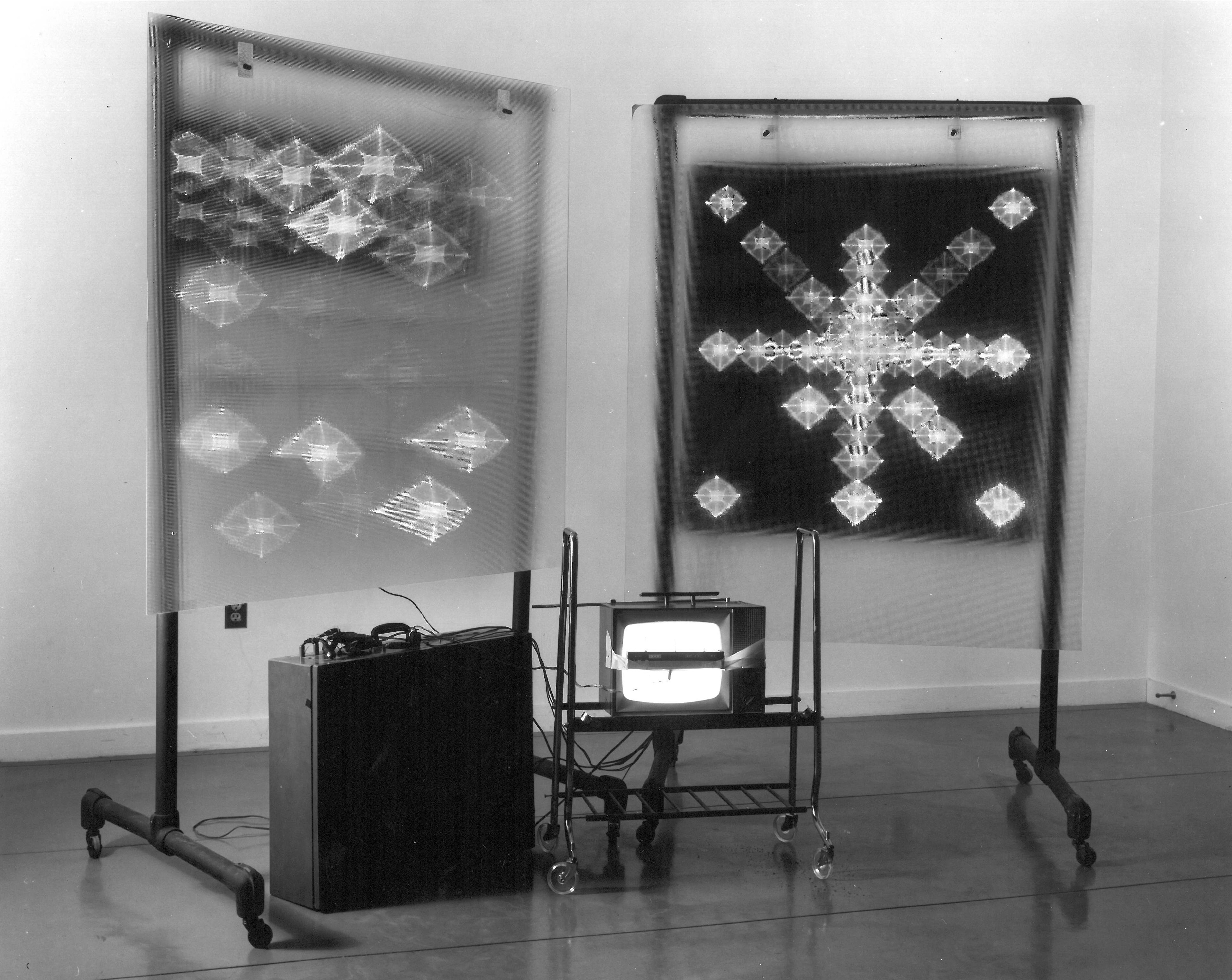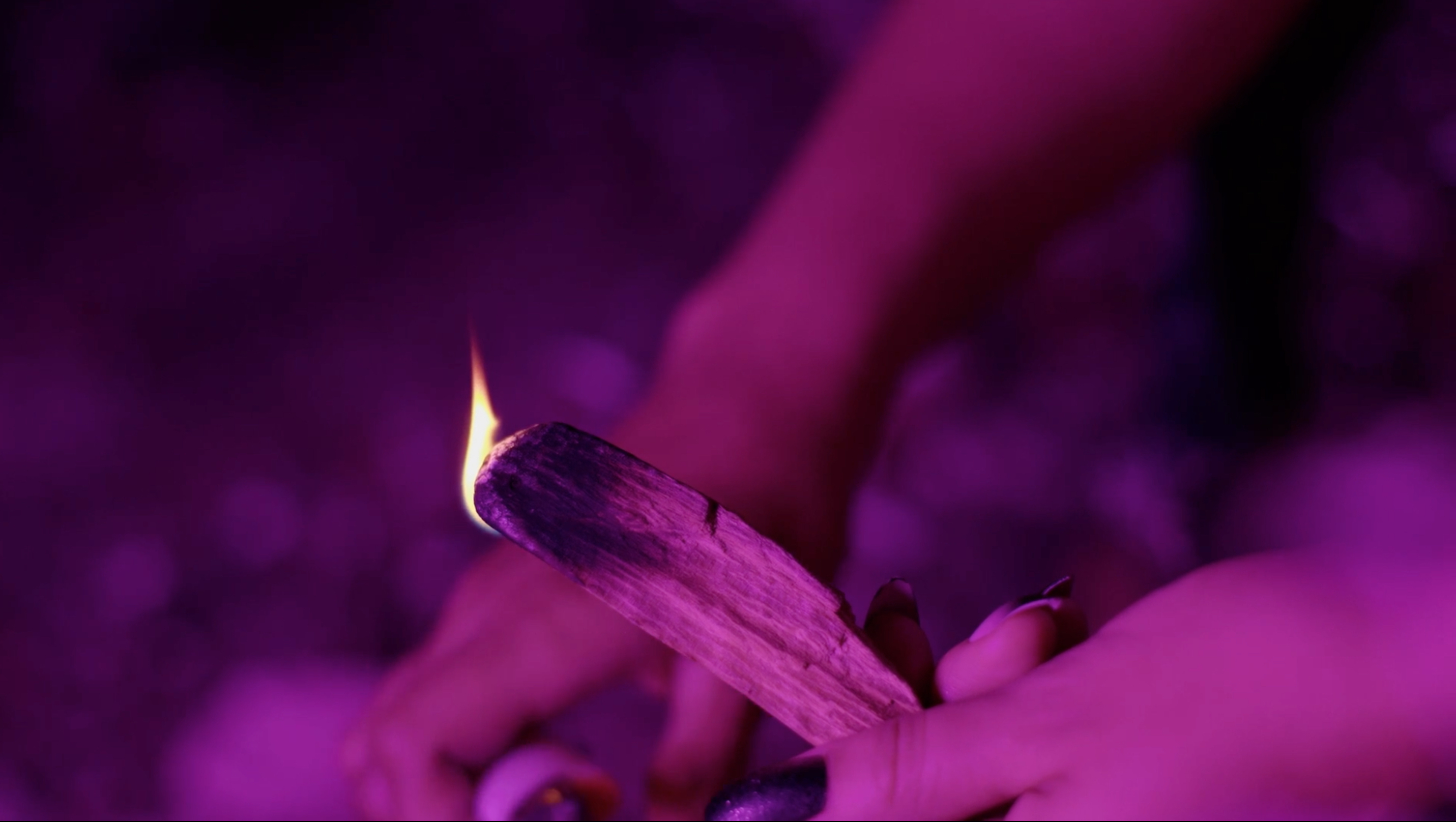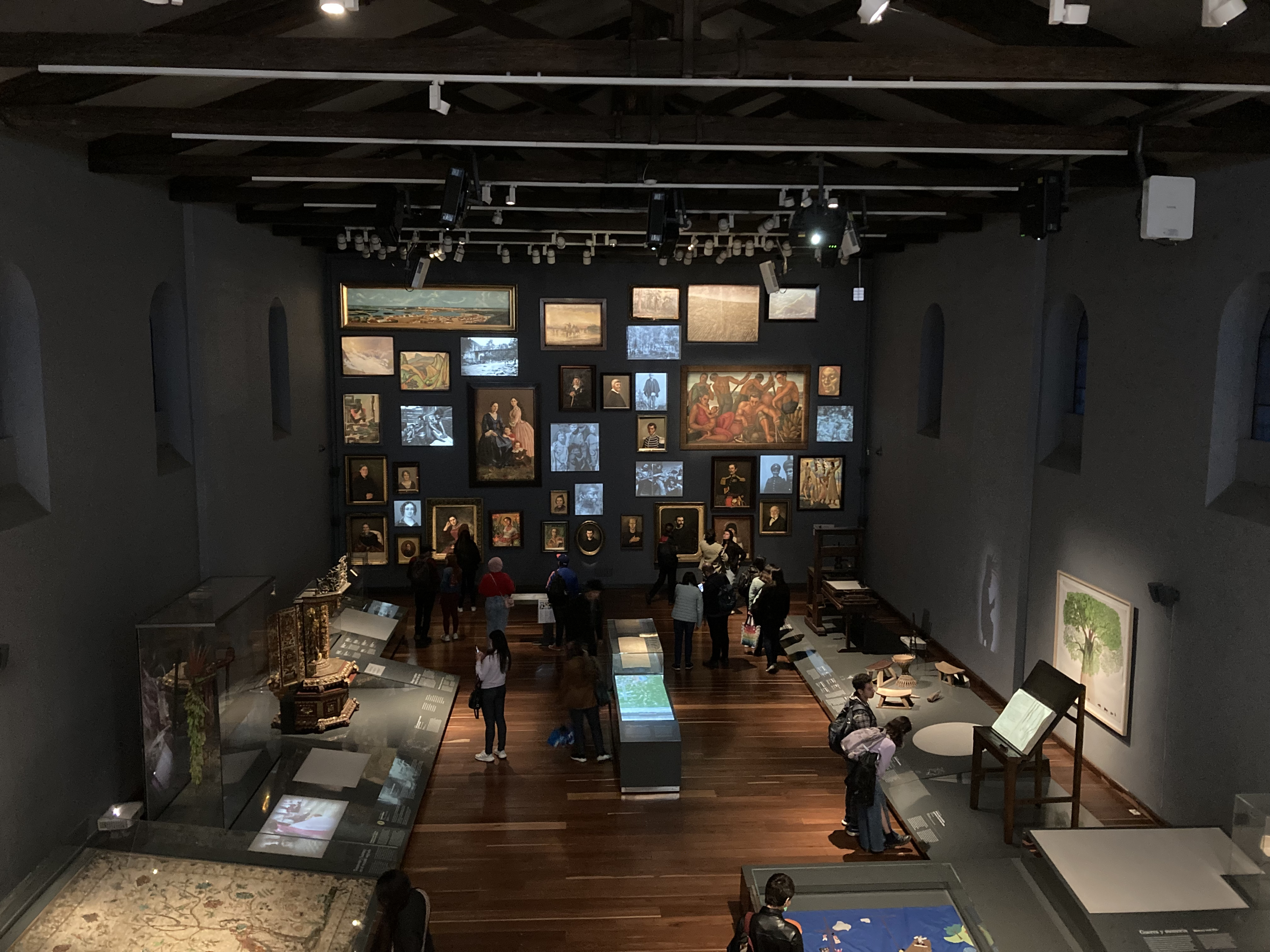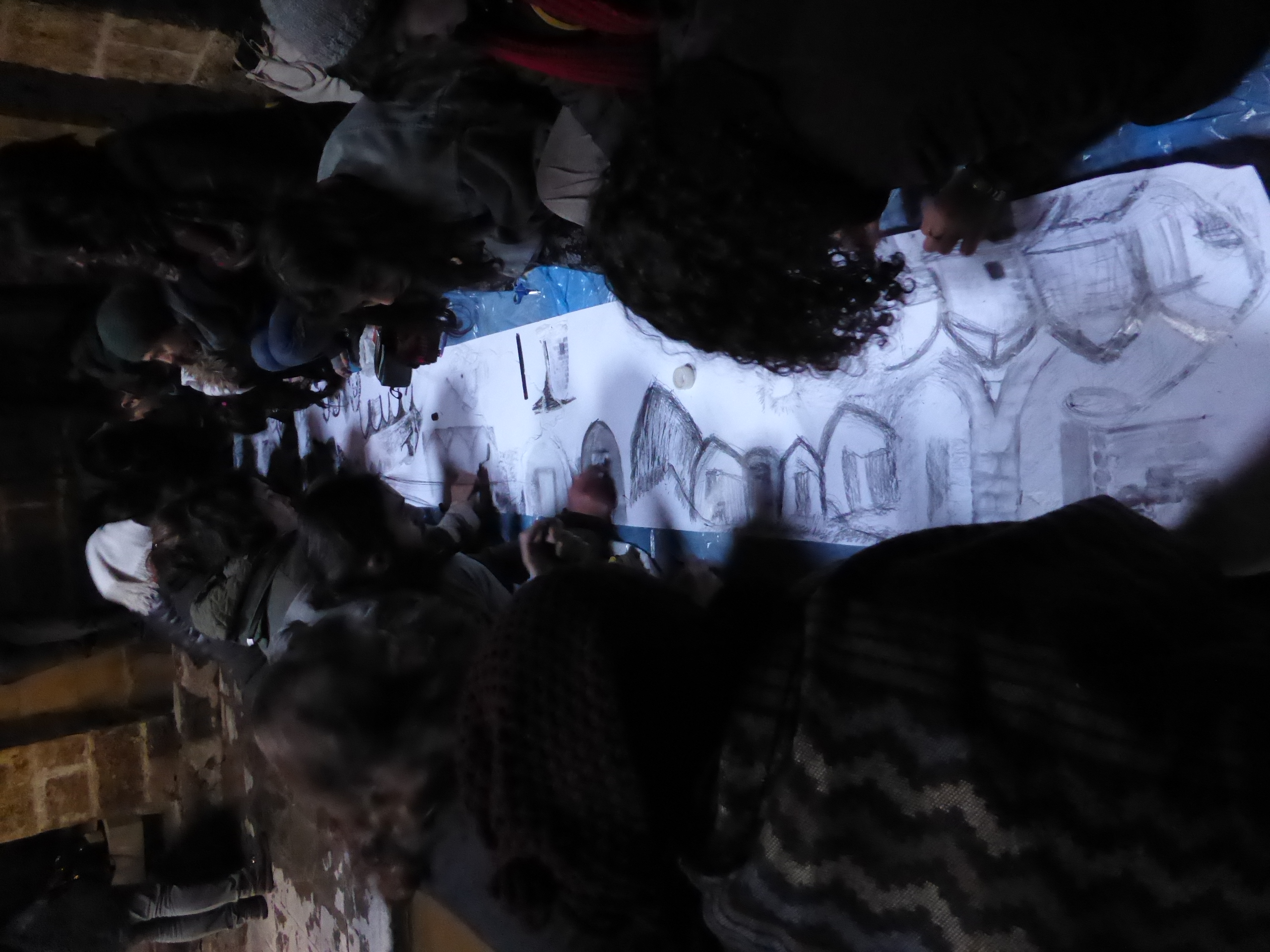Fieldwork on Six Legs: Ethnography as Multispecies Experimental Collaboration
Cayenne, Hester, Torridon, and Doni, to name just a few, have become known not only as dogs present in the everyday lives of the scholars Donna Haraway, Timothy Hodgetts, Karen Lane, and George Kunnath, but also as active participants in their research, thinking, reflection, and ultimately, writing. Thinking with these multispecies companionships, this paper explores the ethnographic techniques of Elisabeth and Ferdinand’s human-dog-entanglement within the research field of human–street dog relationships in the city of Podgorica. The paper elaborates on how fieldwork, guided by multispecies modes of being in a city and in a research field, enables an ethnographic approach that moves beyond the dominance of human sensory and spatial frameworks. Unpacking this example of a multispecies experimental collaboration between a human ethnographer and a canine para-ethnographer, the paper connects the two vibrant bodies of scholarships on multispecies ethnography and ethnographic experimentation.

